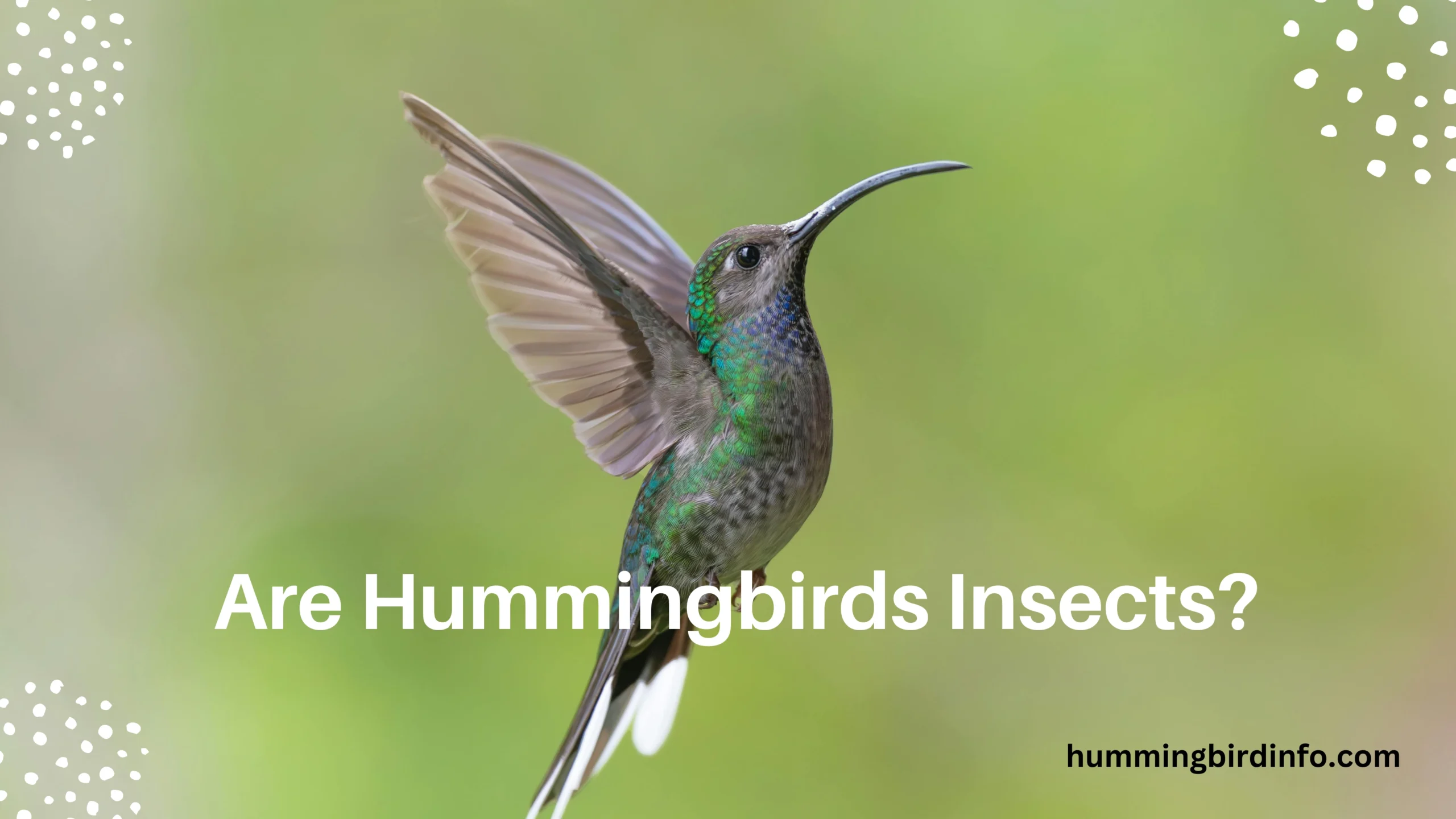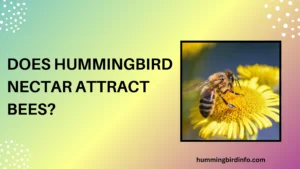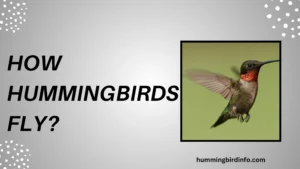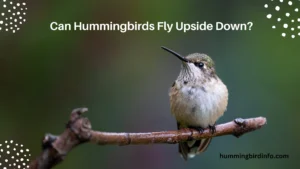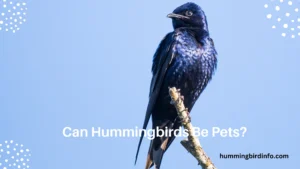It’s easy to do a double take when you spot a tiny creature zipping through your garden with the speed of a bullet. With their rapid wing beats, ability to hover mid-air, and preference for flower nectar, hummingbirds seem to mimic the behavior of insects like bees or butterflies.
Their vibrant colors and lightning-fast movements can confuse even the most observant nature lover.
Because of these similarities, it’s a common question: Are hummingbirds insects? The answer is a firm no—they are not. Despite the parallels in behavior and diet, hummingbirds are very much birds, and they belong to an entirely different branch of the animal kingdom than insects do.
In this article, we’ll break down what makes a bird a bird, and an insect an insect. You’ll learn about the distinct traits of hummingbirds, the evolutionary story that separates them from insects, and why this confusion exists in the first place. Let’s dive in and clear up the mystery behind these incredible creatures.
Contents
- 1 What Makes a Bird a Bird?
- 2 What Makes an Insect an Insect?
- 3 Hummingbirds Have Feathers, Not Shells
- 4 They Have Bones, Not Exoskeletons
- 5 Warm-Blooded vs Cold-Blooded
- 6 How They Breathe and Circulate Oxygen
- 7 Their Brains Are More Advanced
- 8 Hummingbird Reproduction
- 9 The Evolution of Hummingbirds
- 10 Insect Evolution
- 11 Why People Get Confused
- 12 Conclusion
- 13 FAQs
What Makes a Bird a Bird?
- Feathers are unique to birds, serving purposes like flight, insulation, and mating displays.
- Birds have beaks instead of teeth, adapted for various diets including nectar, insects, seeds, or meat.
- All birds have wings, even those that don’t fly, such as ostriches or penguins.
Birds are endothermic, which means they regulate their body temperature internally. This allows them to remain active in a wide range of environments.
They also lay hard-shelled eggs, have a four-chambered heart, and feature a high metabolic rate to support their energetic lifestyle.
What Makes an Insect an Insect?
- Insects have an exoskeleton made of chitin, providing external support and protection.
- Their bodies are divided into three segments: the head, thorax, and abdomen.
- All insects have six legs, which are attached to the thorax.
Most insects have antennae for sensing their surroundings, and compound eyes made up of thousands of tiny lenses.
Insects typically have two pairs of wings (though some have one or none), an open circulatory system, and breathe through a tracheal system.
Hummingbirds Have Feathers, Not Shells
- One defining feature of birds is feathers, which no insect possesses.
- Insects are covered with a hard exoskeleton, but hummingbirds have soft, flexible feathers that aid in precise flight.
- Feathers also play roles in temperature control, camouflage, and mating.
They Have Bones, Not Exoskeletons
- Hummingbirds have an internal skeleton made of bone, including hollow bones to keep them light.
- Insects have a hard external shell instead of internal bones.
- This difference is part of what makes birds vertebrates and insects invertebrates.
Warm-Blooded vs Cold-Blooded
- Hummingbirds are warm-blooded, which means they can generate and regulate their own body heat.
- Insects are cold-blooded, relying on external temperatures to regulate body functions.
- This allows hummingbirds to fly even in cooler climates, unlike most insects.
How They Breathe and Circulate Oxygen
- Hummingbirds breathe through lungs and air sacs that ensure a continuous flow of oxygen.
- Insects breathe through a network of tubes called tracheae, which limit oxygen delivery as body size increases.
- Birds also have a closed circulatory system with a four-chambered heart—insects do not.
Their Brains Are More Advanced
- Hummingbirds have large brains relative to their body size, supporting their memory, navigation, and complex behavior.
- Insects have simpler nervous systems, with basic pattern-based responses.
- Hummingbirds can remember flower locations and even feeding schedules.
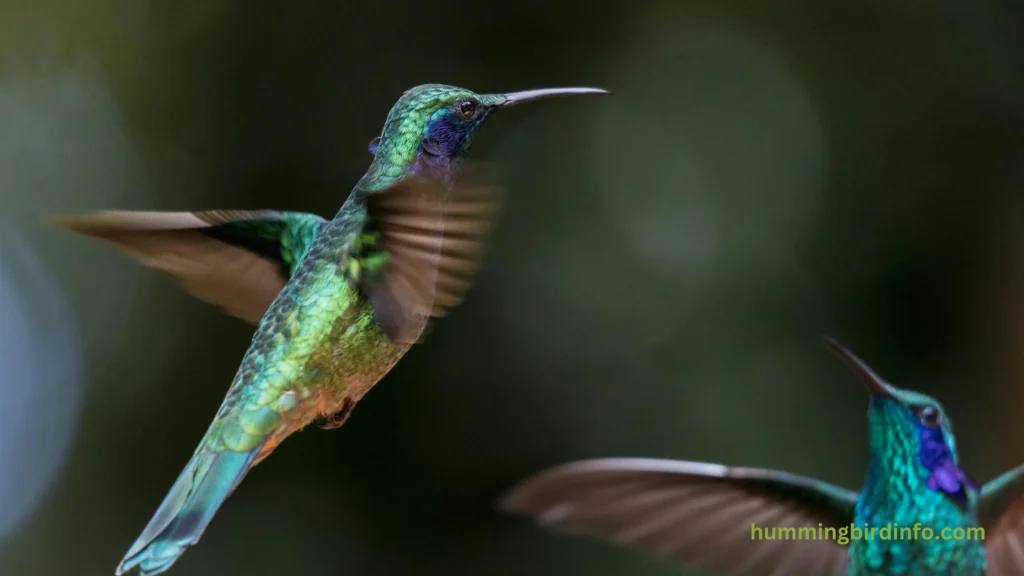
Hummingbird Reproduction
- Hummingbirds lay hard-shelled eggs and build tiny nests for their young.
- Insects lay eggs that hatch into larvae, which undergo metamorphosis to become adults.
- This fundamental difference further separates birds from insects.
The Evolution of Hummingbirds
- Birds evolved from theropod dinosaurs, with fossils like Archaeopteryx showing the transition.
- Hummingbirds specifically evolved unique traits for hovering and nectar feeding.
- Their long tongues, rapid wing beats, and flexible joints are all specialized adaptations.
Insect Evolution
- Insects are one of the oldest animal groups, with ancestors dating back over 400 million years.
- Their body plan has allowed them to diversify into over a million known species.
- Despite their diversity, no insect shares the biological structure of a bird.
Why People Get Confused
- Hummingbirds are tiny, move quickly, and hover—behaviors that resemble insects like bees or hoverflies.
- Both feed on nectar, fly from flower to flower, and exhibit high-energy activity.
- Online, mislabeled images or videos sometimes add to the confusion, especially with species like the hummingbird hawk-moth.
Conclusion
While they might look like insects from a distance, hummingbirds are definitely birds. Their feathers, skeleton, egg-laying, and warm-blooded physiology clearly place them in the Aves class—not Insecta.
Birds and insects also come from vastly different evolutionary paths. One from ancient dinosaurs, the other from early arthropods—a split that goes back hundreds of millions of years.
So next time you see a tiny blur in your garden, take a closer look. You’ll find a highly specialized bird with a unique set of skills that make it one of nature’s most extraordinary flyers.
FAQs
1. Are hummingbirds insects or birds?
Hummingbirds are birds, not insects. They have feathers, internal bones, and warm-blooded physiology—all of which are traits of birds.
2. Why do hummingbirds look like insects?
Because they are small, hover, and feed on nectar, they resemble insects like bees or moths—but the similarities are only surface level.
3. Do hummingbirds have exoskeletons?
No, hummingbirds have an endoskeleton, which means their bones are on the inside. Insects have an exoskeleton on the outside.
4. How are hummingbirds different from butterflies or bees?
Hummingbirds are vertebrates, lay hard-shelled eggs, and are warm-blooded. Bees and butterflies are insects, with six legs, exoskeletons, and undergo metamorphosis.
5. Can any insects hover like hummingbirds?
Yes, insects like hoverflies and hummingbird moths can hover, but they do it using a completely different wing structure and mechanics.
6. What class do hummingbirds belong to?
Hummingbirds belong to the class Aves, which includes all modern birds. They are a distinct group within the animal kingdom.

